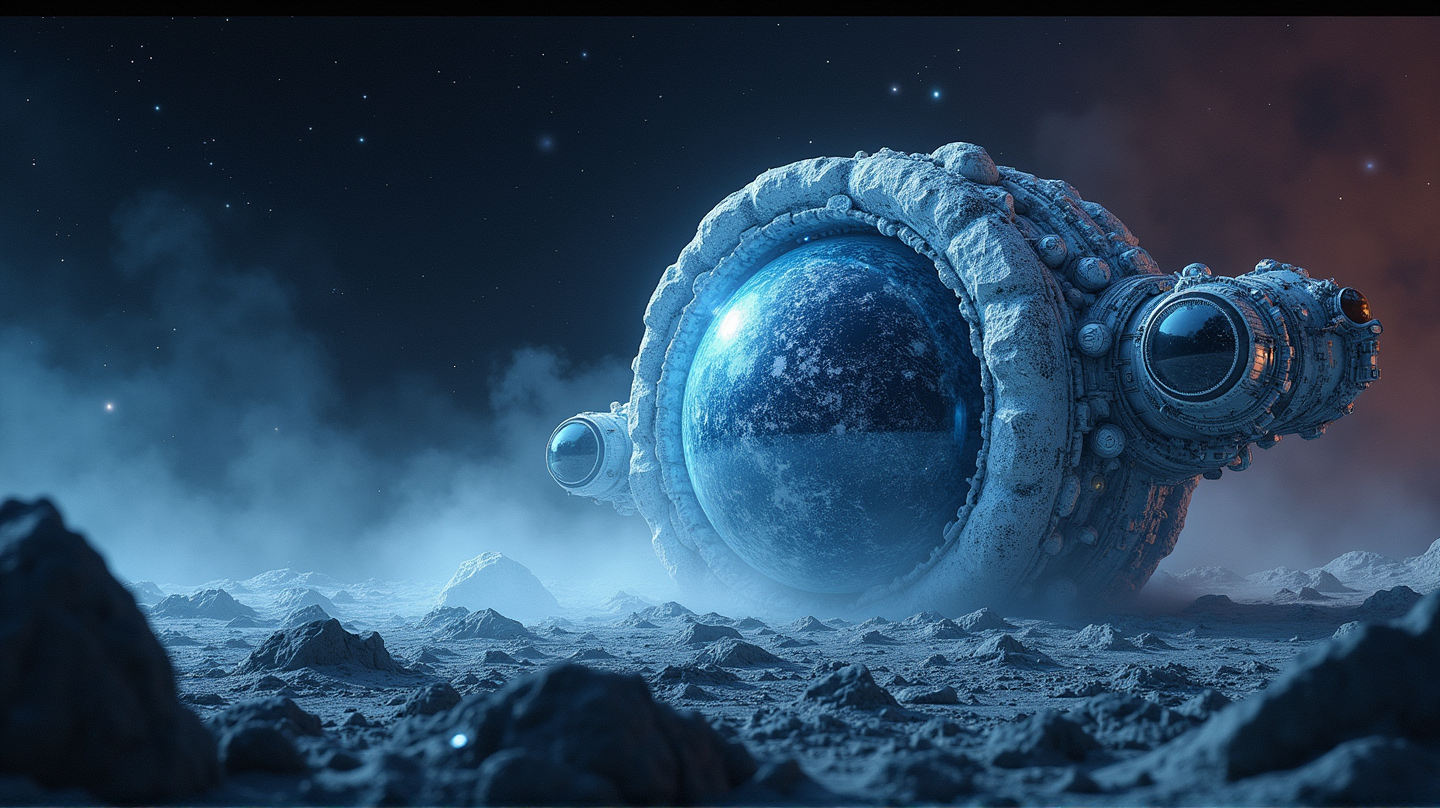NASA's Lander Challenge: Fueling New Horizons with Student Innovation
NASA awards $18,000 to university teams for breakthroughs in cryogenic space tech at the 2025 Human Lander Challenge.

A New Generation of Innovators
In a milestone event held on June 26, NASA celebrated student ingenuity and passion by awarding $18,000 to three top university teams in the 2025 Human Lander Challenge. The competition, which seeks innovative solutions for long-term cryogenic liquid storage and transfer in space, underscore the critical role of academia in paving the way for a future on the Moon and beyond.
The Cryogenic Quest
The challenge focuses on a pivotal element of future space missions—cryogenic propulsion systems. These systems must keep super-cooled liquids stable for extended periods, vital for the success of NASA’s Artemis III mission, which aims to establish a lasting human presence on the Moon, setting the stage for journeys to Mars. According to Mirage News, the cryogenic technologies could ensure mission success over weeks or months in harsh space conditions.
The Triumph of Teams
Embry-Riddle Aeronautical University, Prescott emerged as the overall victor, clinching the $10,000 top prize for their exceptional design, followed by distinguished entries from Old Dominion University and Massachusetts Institute of Technology, which secured second and third places respectively. Over two days in Huntsville, Alabama, the teams showcased their pioneering designs to a jury of esteemed NASA and industry judges.
Champions of Tomorrow’s Frontiers
“Today’s Golden Age of Innovation and Exploration students are tomorrow’s mission architects and explorers,” remarked Juan Valenzuela, a key figure in NASA’s Human Landing System Program. The challenge, sponsored by NASA’s prestigious program, inspires students to confront complex space exploration hurdles, pushing the boundaries of what’s possible.
Building Bridges to New Worlds
The impactful student efforts coincide with NASA’s Artemis campaign ambition to meet scientific objectives and lay the groundwork for sustained lunar and planetary exploration. NASA’s efforts aren’t just about an individual mission—it’s an expansive vision for humanity’s future in space, transcending disciplines and fostering unprecedented global partnerships.
As we look to the stars and seek new horizons, the talent and tenacity exhibited at the 2025 Human Lander Challenge remind us that the path to the cosmos begins with groundbreaking ideas and the collaborative spirit of today’s young innovators.

